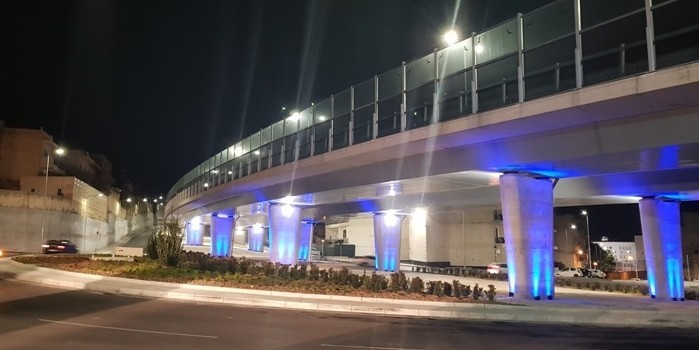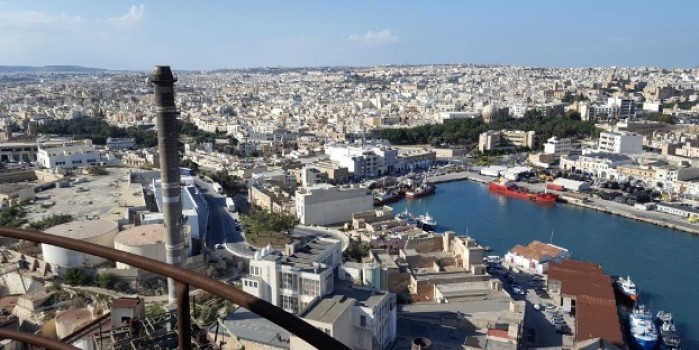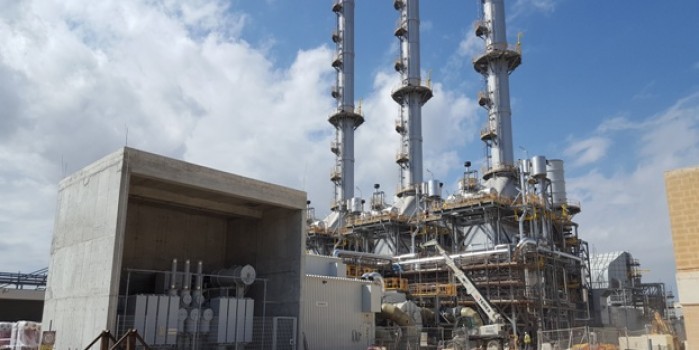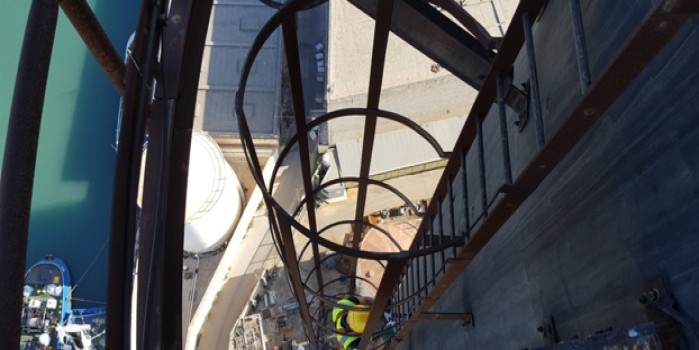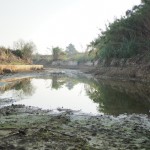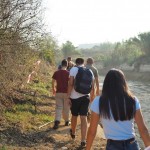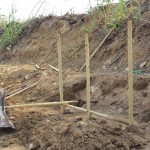En-Sure staff receive training on Stream Restoration
En-Sure’s staff recently attended a two-day Stream Restoration and Bioengineering training course led by Dr Eman Calleja, Dr Gianluigi Pirrera and Dr Prof. Rosemarie Stangl in collaboration with the European Federation of Soil and Water Bioengineering (EFIB). The objective of this training course was to teach participants about bioengineering techniques used to restore the structure and functions of the riparian habitats found along Wied il-Fiddien (Chadwick Lakes).
The theoretical part of the course was held at The National Water Conservation Awareness Centre. Dr Eman Calleja (ecologist and habitat restoration expert) initiated the course by describing the principles of ecological restoration, species composition and habitat structure. He concluded his segment by illustrating different methods of species identification and propagation.
Dr Prof. Rosemarie Stangl, the general manager of the EFIB provided a history of the EFIB, which focuses on the advancement of plants to be used as construction material stabilisation, minimising erosion and sliding processes. This ultimately aids in revitalising water bodies and improving biodiversity.
Dr Gianluigi Pirrera, lecturer from the Italian Association for Natural Engineering, presented a holistic approach in the fields of environmental restoration, naturalistic, hydraulic and landscape engineering. Having been involved in previous projects, Dr Pirrera gave an explanation about radical bio techniques, root morphometry, techno soils, and forced radical engraftment.
The second day of the training course was dedicated to putting the knowledge obtained the day before to practice. This practical session started by identifying the best stretch where a crib wall could be built taking into consideration the conditions on site. Dr Professor Rosemarie Stagl then illustrated how to build the wall using different materials, mainly branches from the Mediterranean willow, White willow and Poplar trees. Dr Pirrera also demonstrated how the foundation of the crib wall is built by means of wooden stakes. Rocks were placed at the bottom of the crib wall so as to hold the soil for the crib wall structure. Once the whole structure was built, cuttings from different tree species were placed within the structure for regeneration.
Posted in Training
